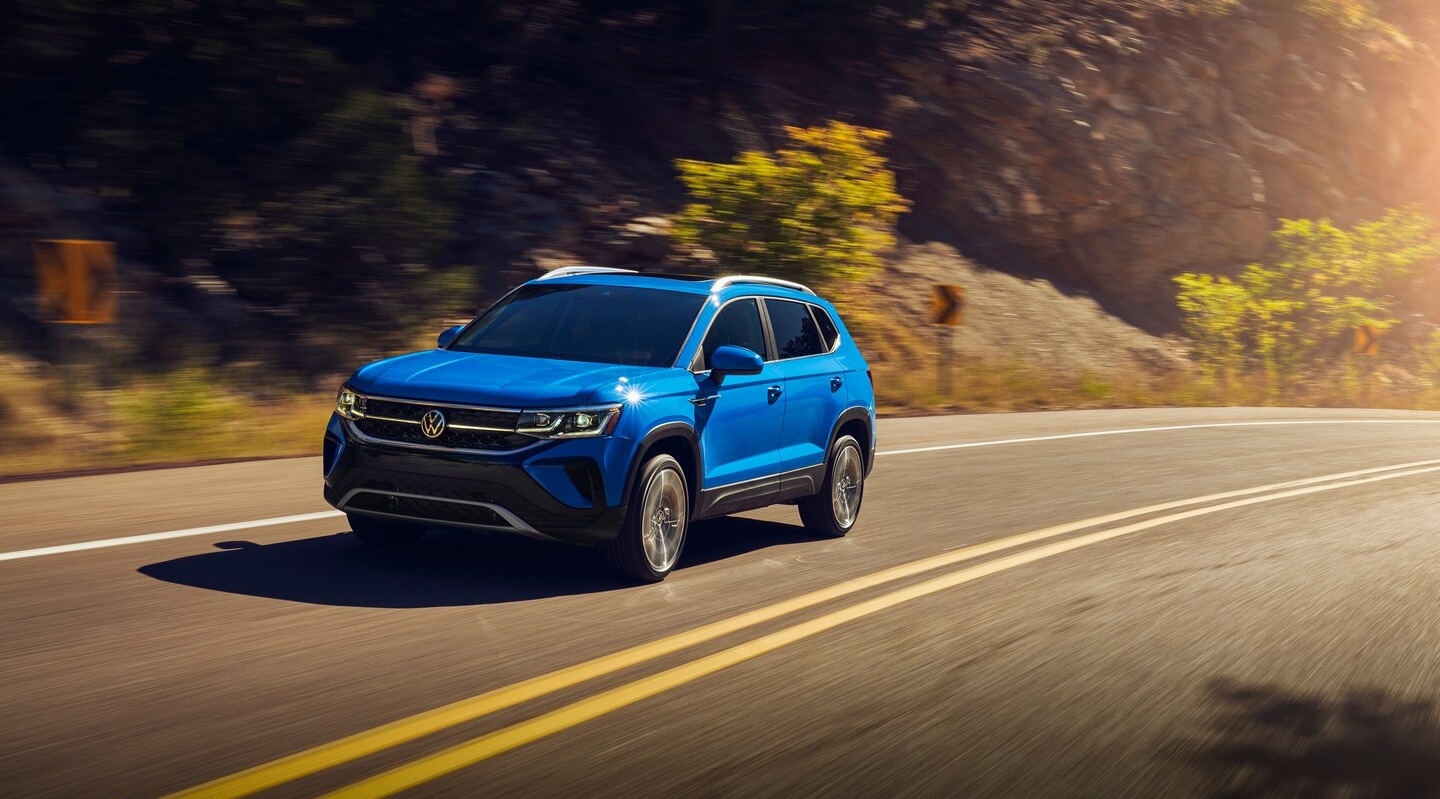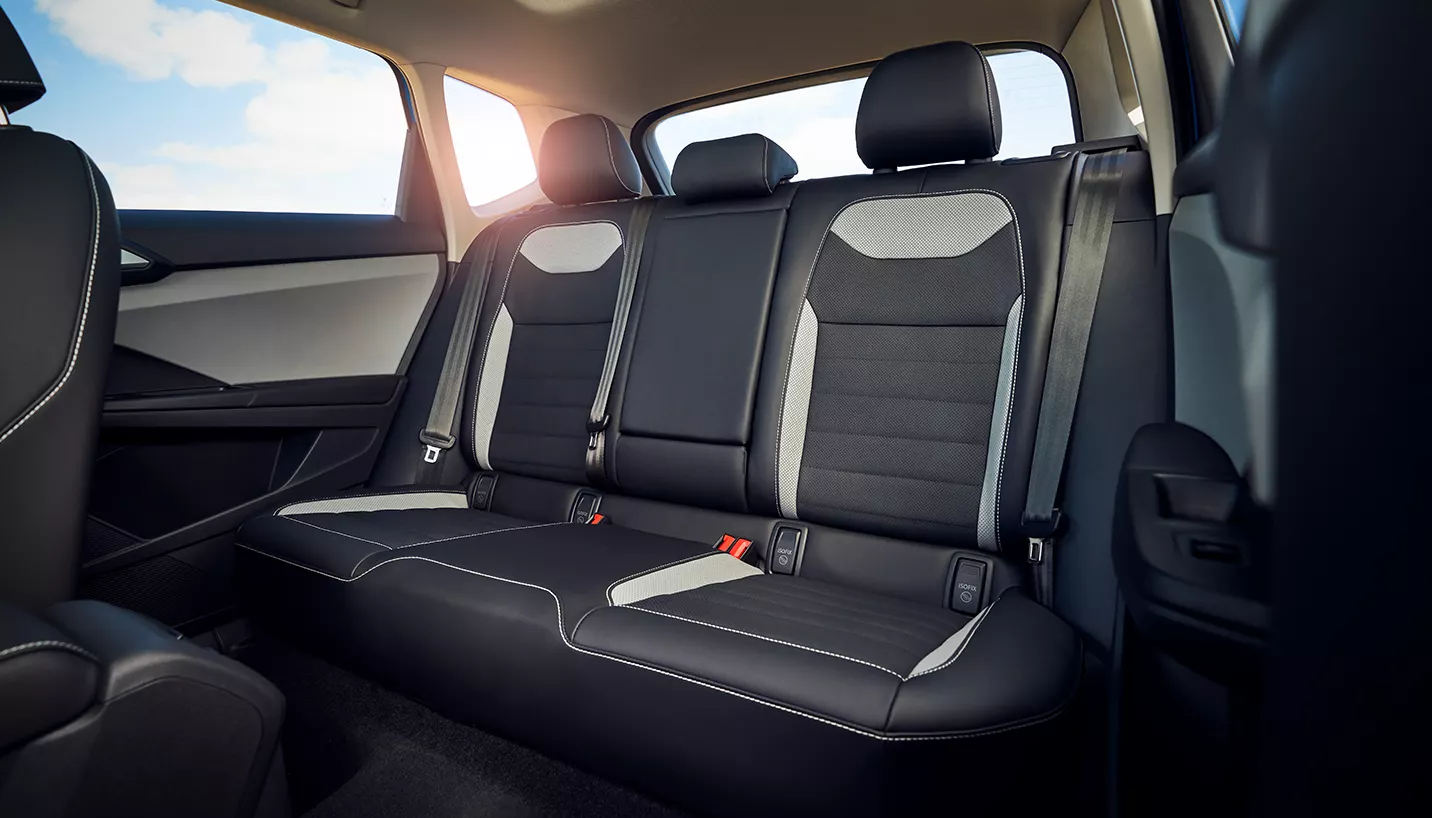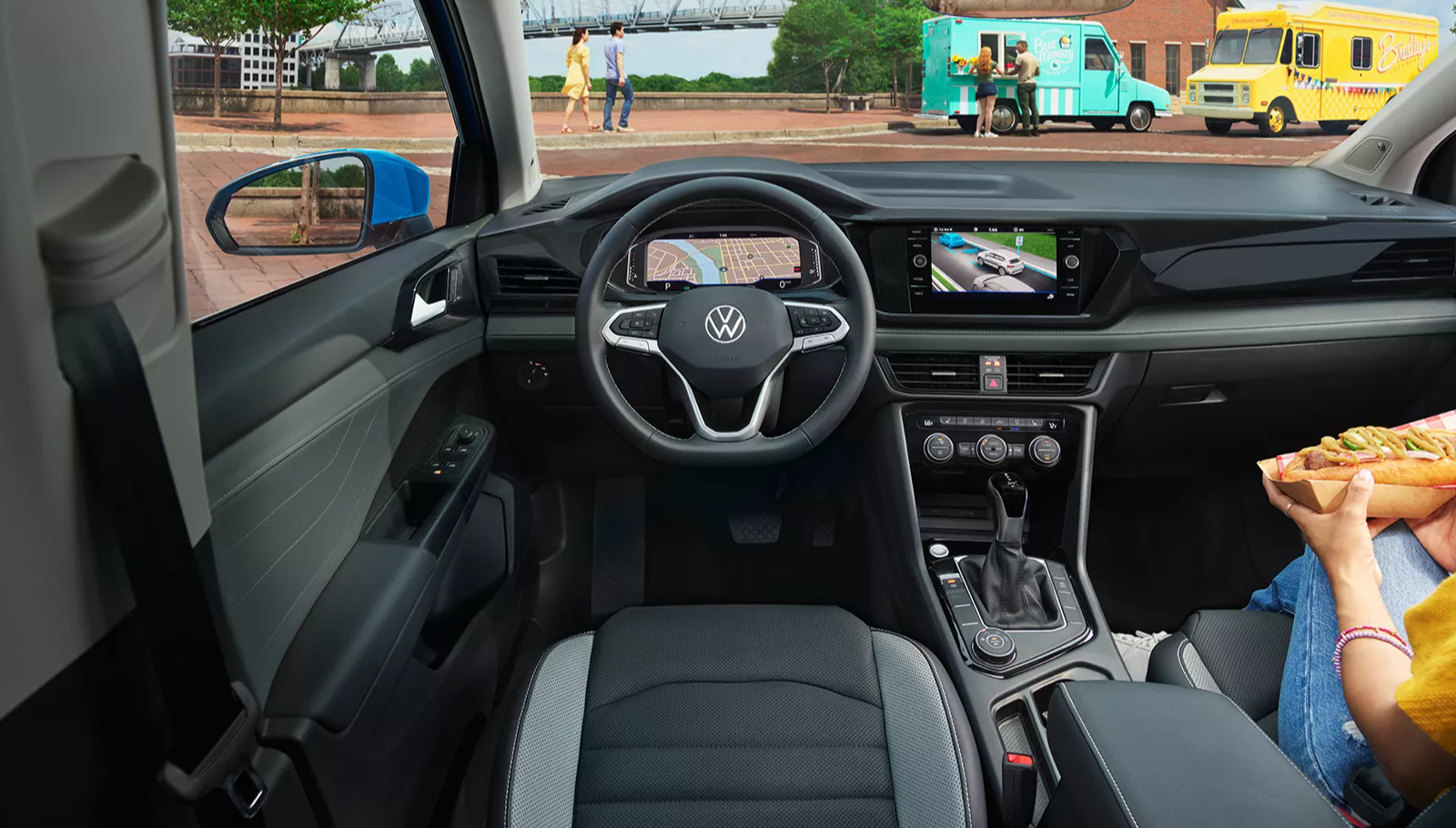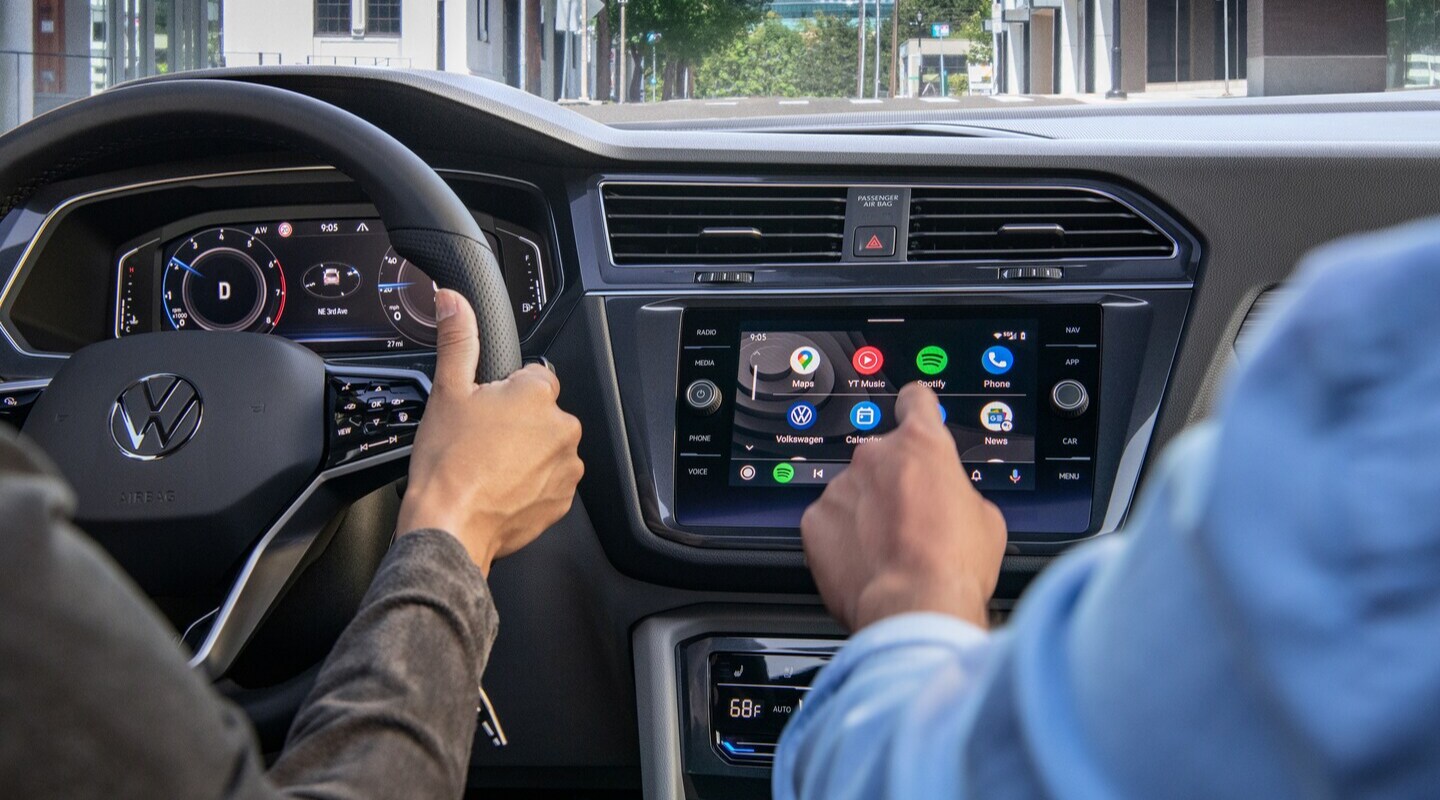VW Taos vs. VW Tiguan: Which is Right For You?
The Volkswagen Taos Vs. Volkswagen Tiguan: Which SUV Is Right for You?
When shopping for a versatile and capable SUV, the Volkswagen Taos and Tiguan are two compelling options to consider. Both models offer a smooth ride, spacious interiors, and advanced technology features that enhance every drive. Which one is the best fit for your lifestyle and needs? Let's take a closer look at the key differences between the VW Taos and Tiguan to help you make an informed decision. If you would like to take each of these out on a test drive, visit


Performance
The Volkswagen Taos comes equipped with a punchy 1.5-liter turbocharged 4-cylinder engine that delivers 158 horsepower and 184 pound-feet of torque. This responsive powertrain is paired with an eight-speed automatic transmission with Tiptronic for efficient performance. Front-wheel drive comes standard, while 4MOTION all-wheel drive is available for enhanced traction and stability in various road conditions around St. Johns.
The Volkswagen Tiguan, on the other hand, is powered by a Two-liter turbocharged 4-cylinder engine that produces a robust 184 horsepower and 221 pound-feet of torque. Like the Taos, it also comes with an eight-speed automatic transmission with Tiptronic and Sport mode for an engaging driving experience. The Tiguan is available with either front-wheel drive or 4MOTION all-wheel drive, allowing you to choose the setup that best suits your driving needs.
Interior and Cargo Space
The Volkswagen Taos has comfortable seating for up to five passengers. The SUV offers a generous 37.9 inches of rear legroom, ensuring that even taller adults can stretch out and relax on long trips. When it comes to cargo space, the Taos provides 27.9 cubic feet behind the rear seats and 65.9 cubic feet with the rear seats folded down. This flexible layout allows you to easily accommodate luggage, groceries, sports gear, and more.
The Volkswagen Tiguan has an even more spacious interior, with three rows of seating and room for up to seven passengers. The second row offers a sliding and reclining 40/20/40 split bench seat, allowing you to customize the space to your needs. Behind the third row, the Tiguan provides 12 cubic feet of cargo space, which expands to 33 cubic feet with the third row folded down. With both rear rows folded, you'll have a cavernous 73.4 cubic feet of cargo space.


VW Taos vs. VW Tiguan | ||
|---|---|---|
| 2024 VW Taos | 2024 VW Tiguan | |
| Engine | 1.5L turbo four-cylinder | 2.0L turbo four-cylinder |
| MPG (city/hwy) | 24/321 | 22/291 |
| Horsepower | 158 | 184 |
| Torque | 184 lb.-ft. | 221 lb.-ft. |
| Seating Capacity | 5 | 5 |
| Dimensions | L: 175.8 in W: 72.5 in H: 65.1 in | L: 186.1 in W: 72.4 in H: 66.5 in |


Technology Features
No matter which Volkswagen SUV you choose, you'll enjoy a range of advanced technology features designed to keep you connected as you run errands in Jacksonville. The Taos comes standard with the Volkswagen Digital Cockpit, which replaces the traditional instrument cluster with a high-resolution digital display. You'll also appreciate the responsive touchscreen infotainment system with Apple CarPlay and Android Auto integration for seamless smartphone connectivity.
The Tiguan offers similar technology features, including the Volkswagen Digital Cockpit and an intuitive touchscreen infotainment system. Higher trims add even more premium amenities like a Fender Premium Audio System, wireless charging, and a panoramic sunroof that floods the cabin with natural light as you drive around Orange Park. With these cutting-edge features at your fingertips, every journey in the Tiguan becomes a truly enjoyable experience.
Discover the Perfect Volkswagen SUV at Osteen Volkswagen of Jacksonville
Choosing between the Volkswagen Taos and Tiguan ultimately comes down to your unique needs and preferences. If you're looking for a compact SUV with agile handling and efficient performance, the Taos is an excellent choice. Its spacious interior and flexible cargo area make it well-suited for solo adventurers or small families.
If you require more space for passengers and gear, the larger VW Tiguan may be more apt for you. Its three-row layout and expansive cargo area provide the versatility and comfort you need for family road trips, carpooling, or hauling larger items. Regardless of which model you choose, you'll enjoy the peace of mind that comes with driving a Volkswagen.
We invite you to visit Osteen Volkswagen of Jacksonville and experience the Volkswagen Taos and Tiguan for yourself.

